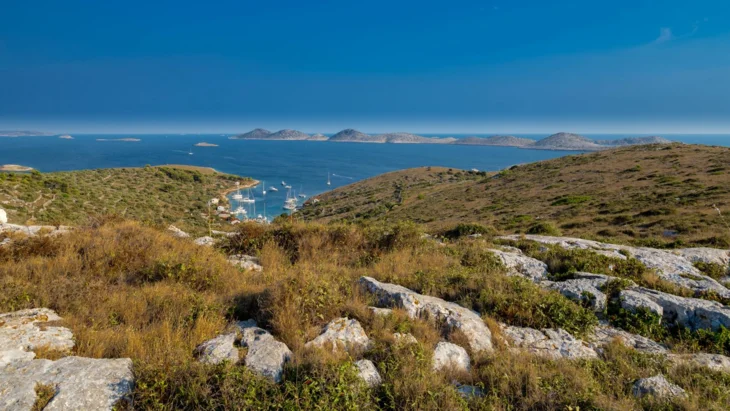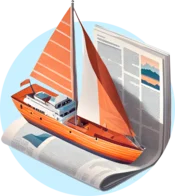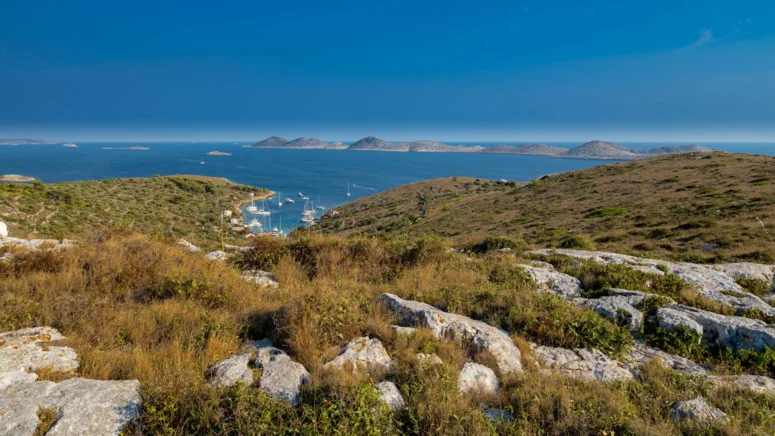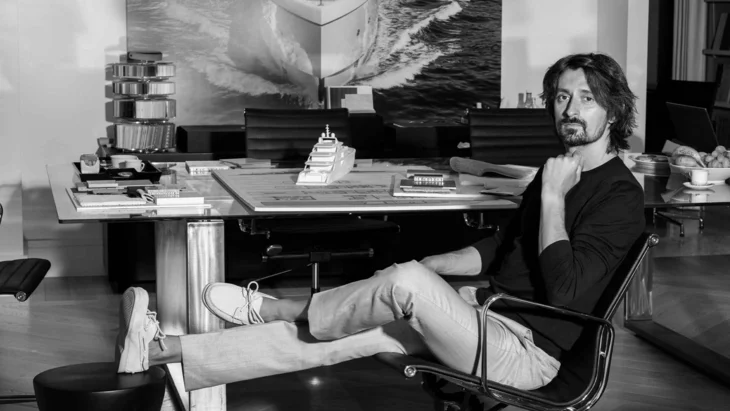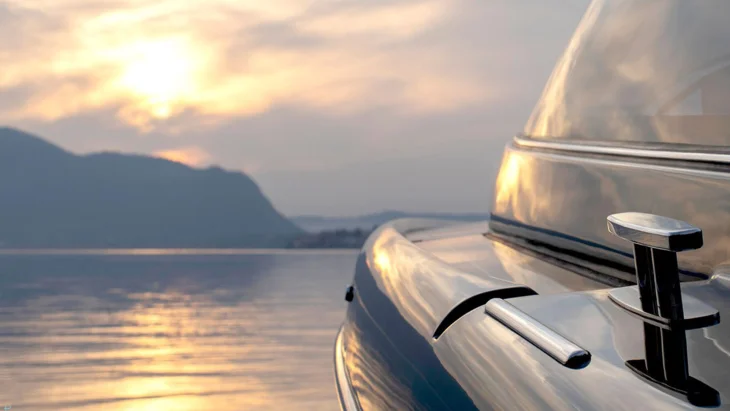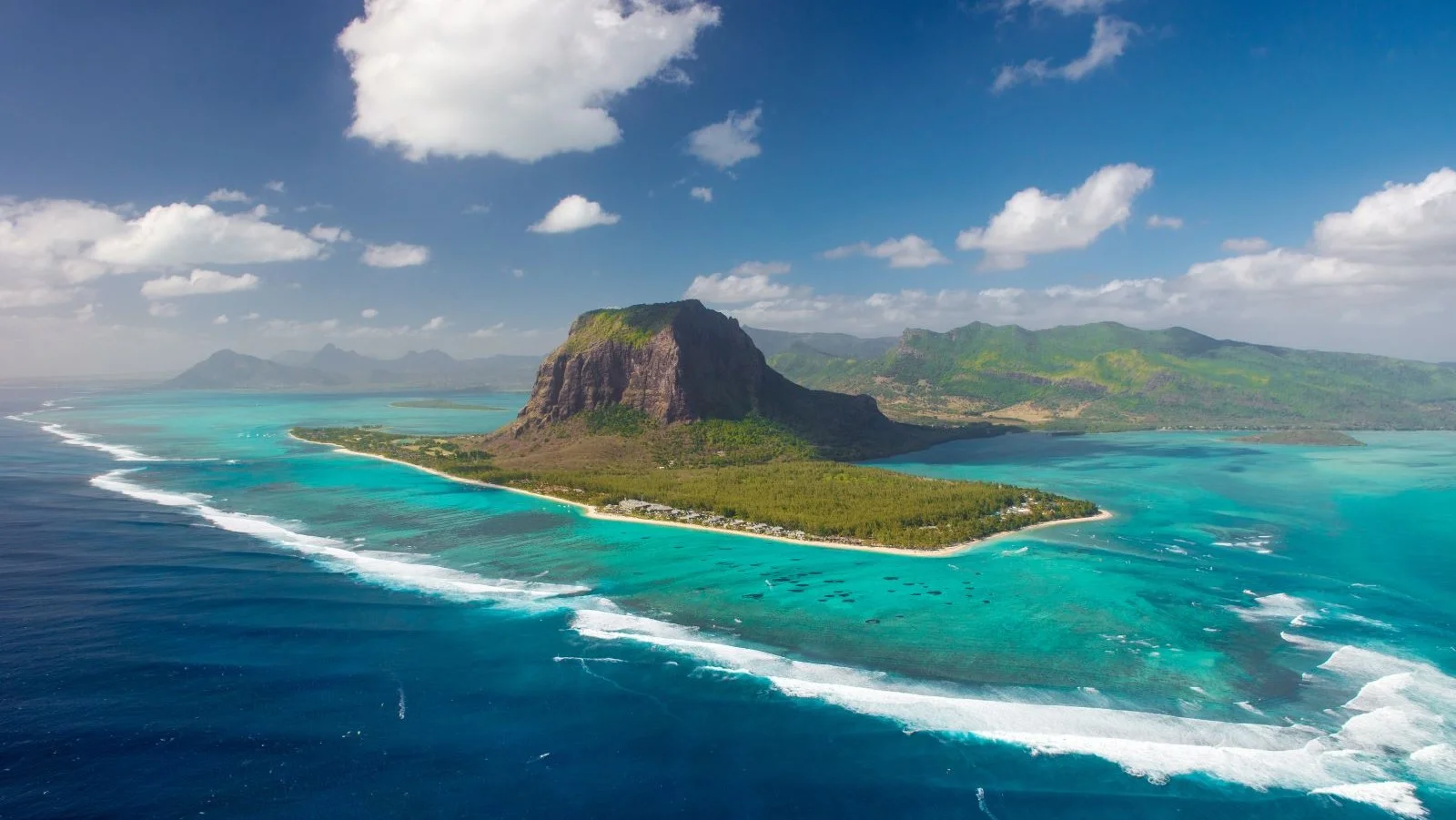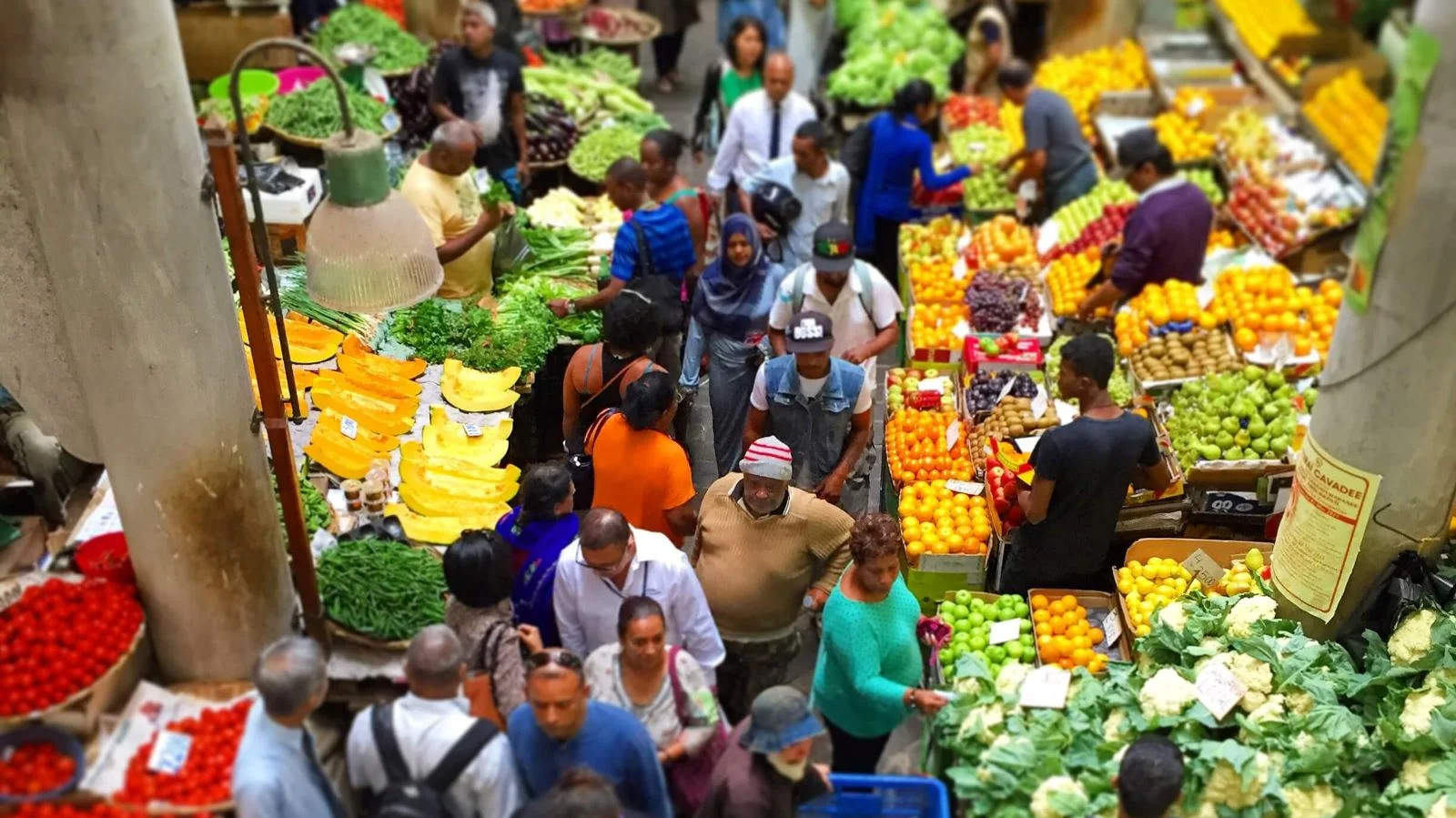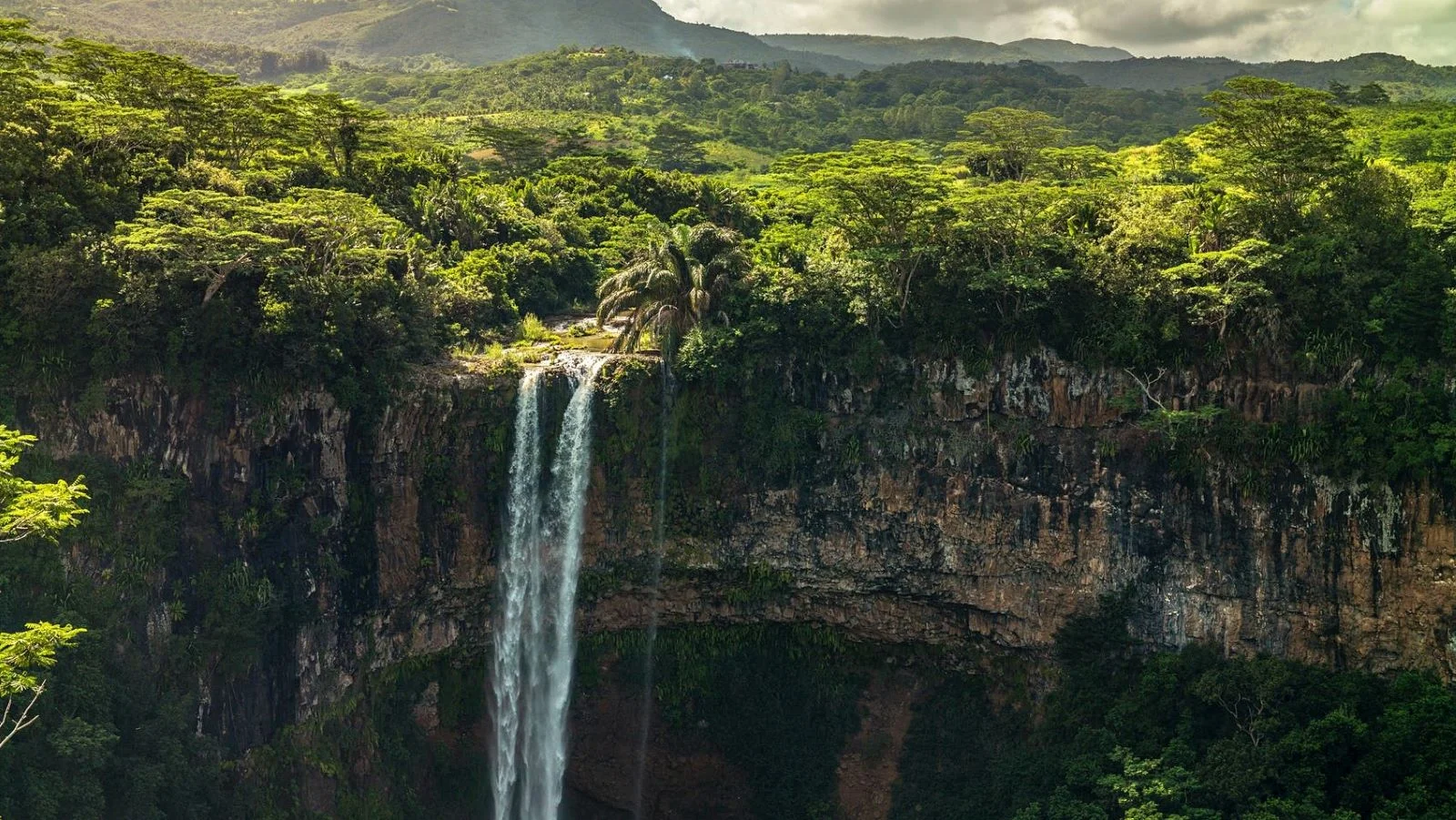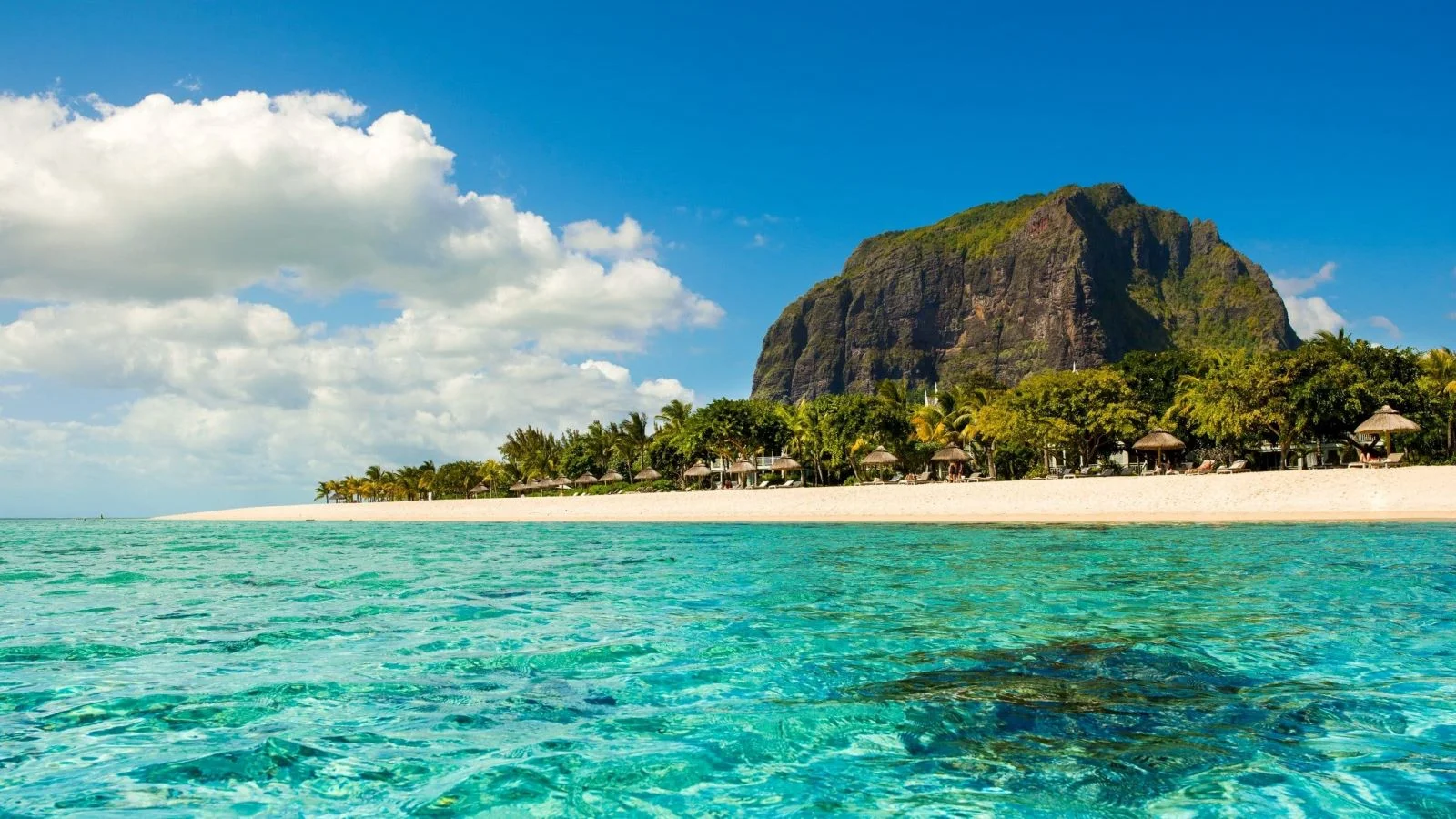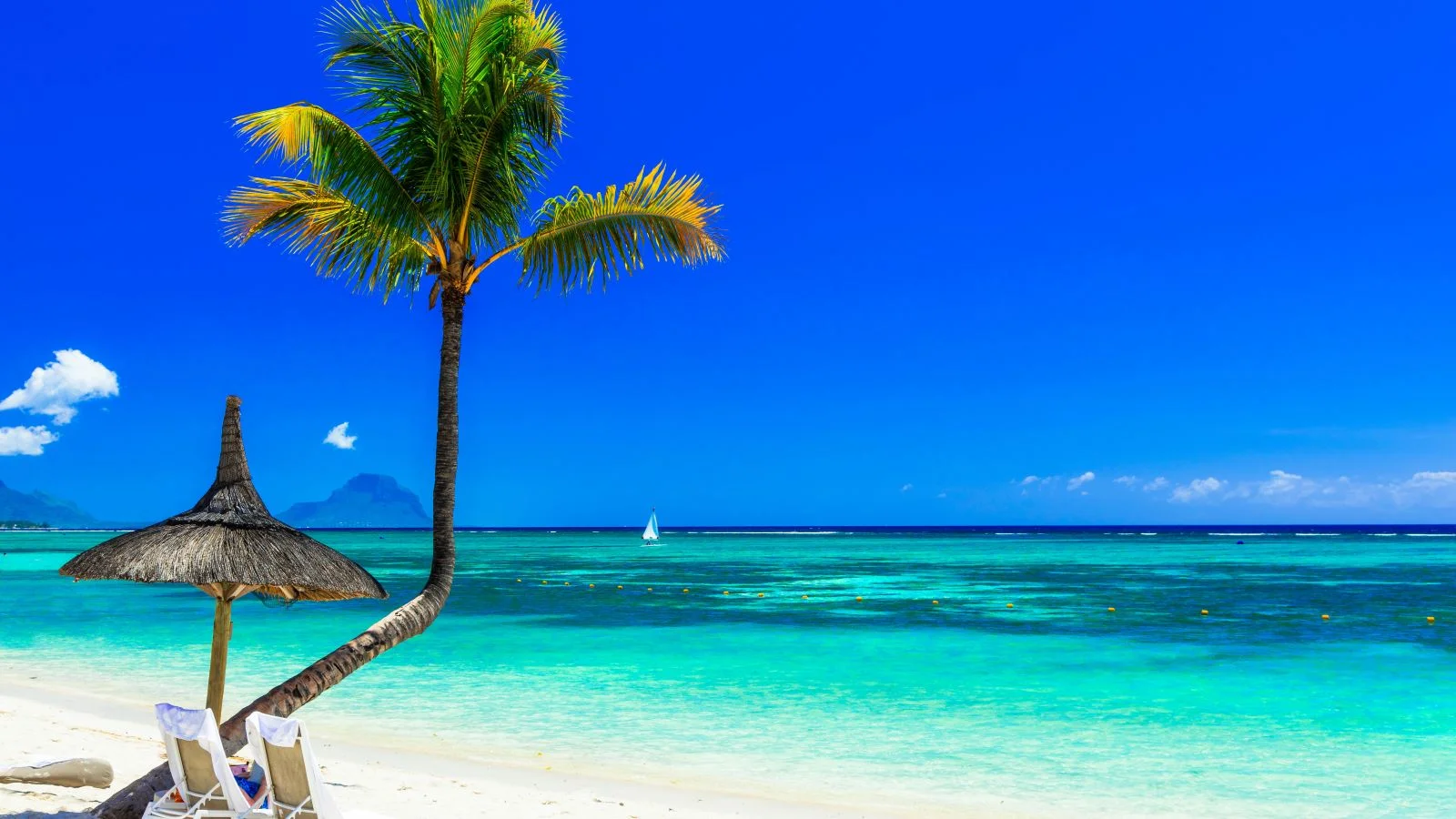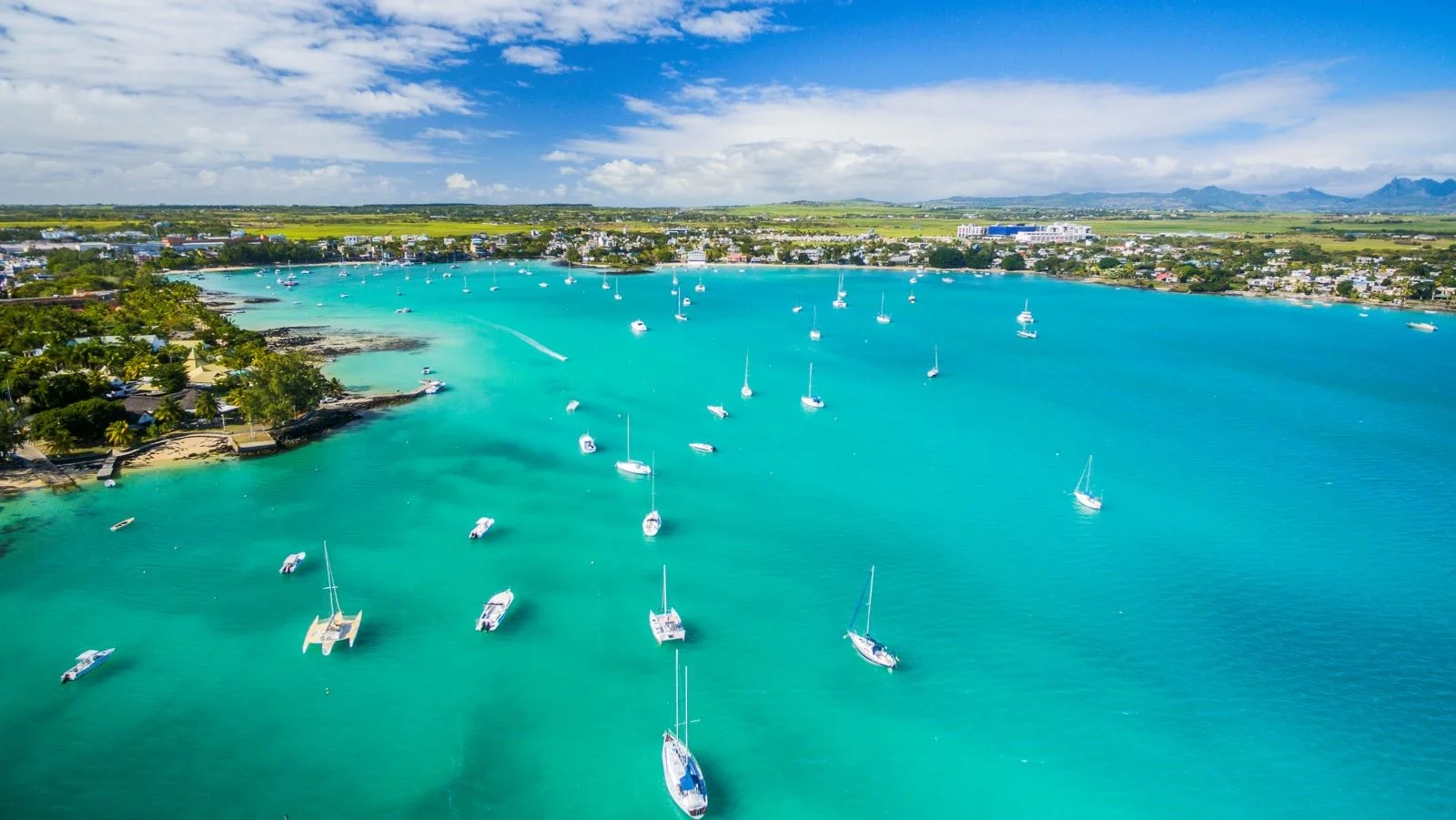Around Mauritius


A week or two?
Mauritius is quite a compact state. In fact, the country is made up of a few islands, but Mauritius is the main, the largest and the most interesting of them. So, if you are planning a yachting trip around the island, a week will be just fine. You can also spend a few extra days relaxing at one of the beach hotels and doing absolutely nothing.
Yachting on Mauritius is really popular, so there shouldn’t be any issues with chartering a boat. But in high season, which is from September to November, it is better to book in advance. In general, it’s a good idea to get into the habit of booking a few months ahead, as you will surely get a better offer this way. Due to the fact that there are a lot of shallow bays here, catamarans are really wide-spread, and there are also a lot of specialized boats for deep-sea fishing.
When to go to Mauritius?
Mauritius is beautiful in any season. It has a tropical monsoon climate with a long wet season and a short and relatively dry season from September to November. It is almost impossible to predict, whether it will be rainy on the days of your visit or not: due to some topographic peculiarities, there are special areas with their own microclimate on the island. Perhaps, it is best to go in April, when it’s a formal end of the local ‘summer’, or in autumn, when it is a dry season, for example, in October.
How to plan your week on Mauritius?
Port-Louis
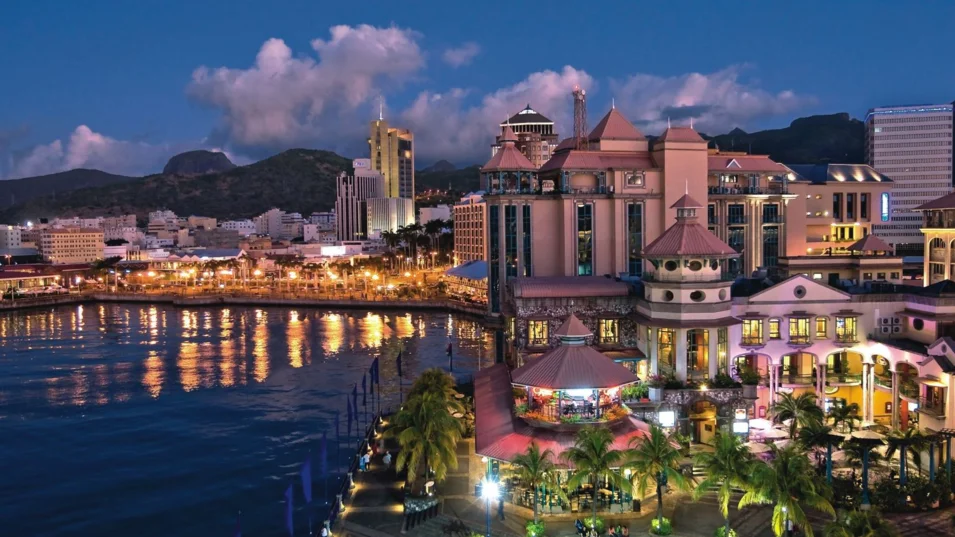
It is a good idea to start your cruise in the capital, which is a relatively young (a bit over two hundred years old) colourful city with a Chinatown and an impressive market. In addition to fruit and vegetables you can try various street food here – both local and with Indian, Chinese and other Asian influences.
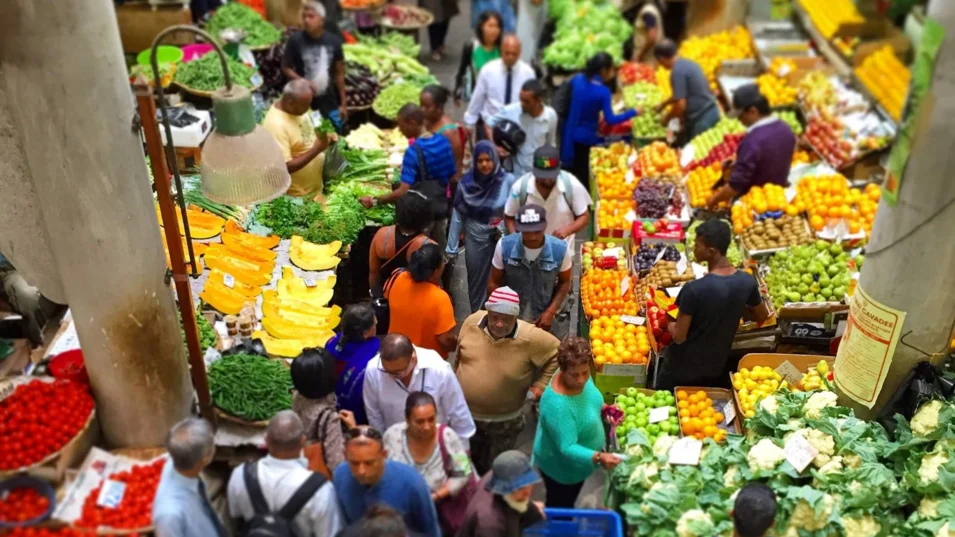
Black River Gorges
This is the main national park of Mauritius. You head south along the coast, past the famous long beaches of Flic en Flac and Tamarin. To see the park, you can leave your boat in La Balise marina. The Black River Gorges National Park boasts numerous unique plants, birds and animals. There are also about 50 kilometres of paths with canyons, mountains and waterfalls, the most famous of which is the Alexandra Falls located 700 metres above the sea, so don’t forget to get some comfortable walking shoes with you.
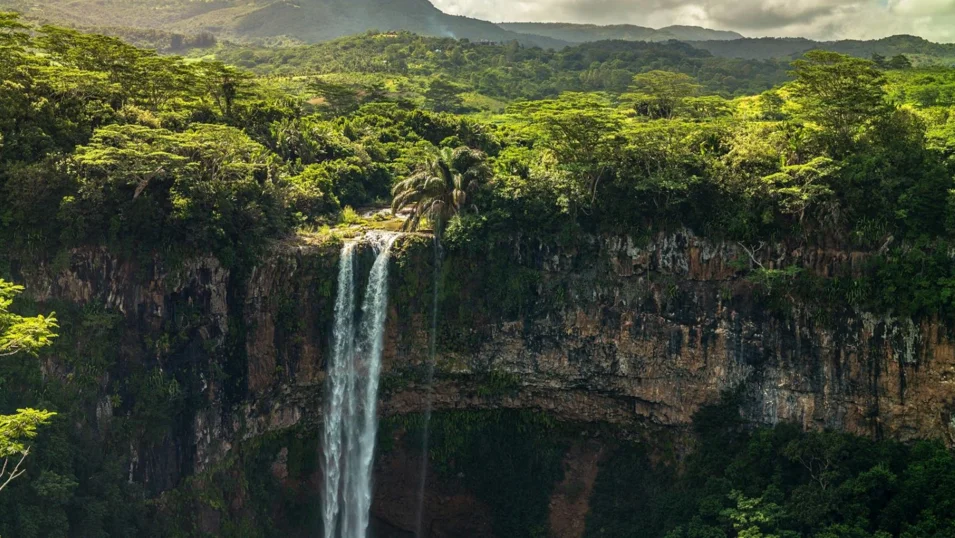
Le Morne
The western and south-western coasts of Mauritius are dramatically different from the rest of the country. It is the sunniest and the driest part of the island, where nature and landscapes remind you of the African savannah. The distinctive landscape of the peninsula with a 556-metre high hill and a basalt rock is part of the UNESCO World Heritage List. This spot is a true paradise for windsurfers and kiters due to the stable southwest wind and a shallow bay with crystal clear water.
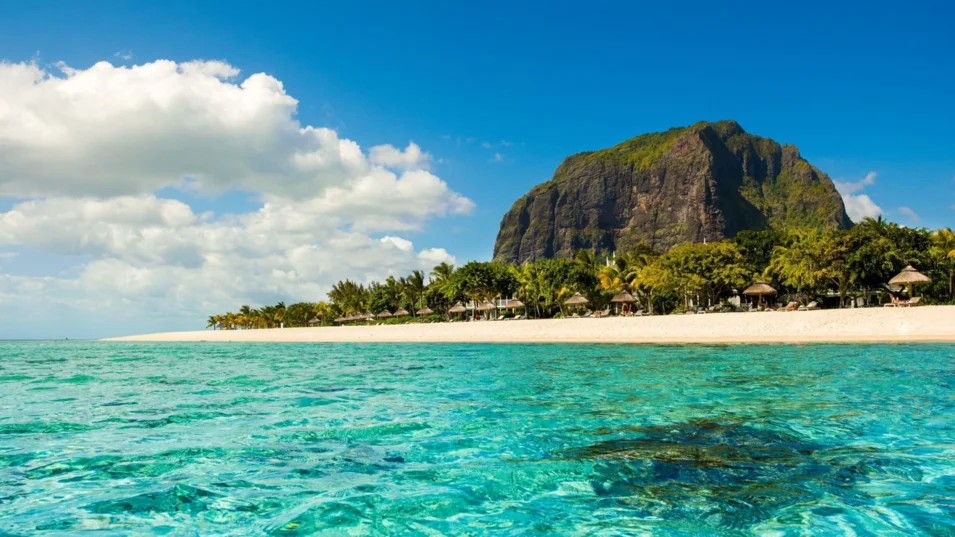
Île aux Aigrettes
As you head south, you move to the eastern coast of Mauritius, where it can be quite windy, particularly in winter. Aigrettes is a small plot of land of just 27 hectares that is managed by the Mauritian Wildlife Foundation. It is one of the areas used for preserving and restoring the endemic flora and fauna of the region. Here you can see some animals that are not even found on Mauritius itself, like, for example, Telfair's skink or a giant tortoise. The outskirts are interesting, too. There is a Blue Bay Marine Park near here, with a huge, thousand-year old coral and almost a hundred of fish species, which makes it a perfect place for snorkelling.
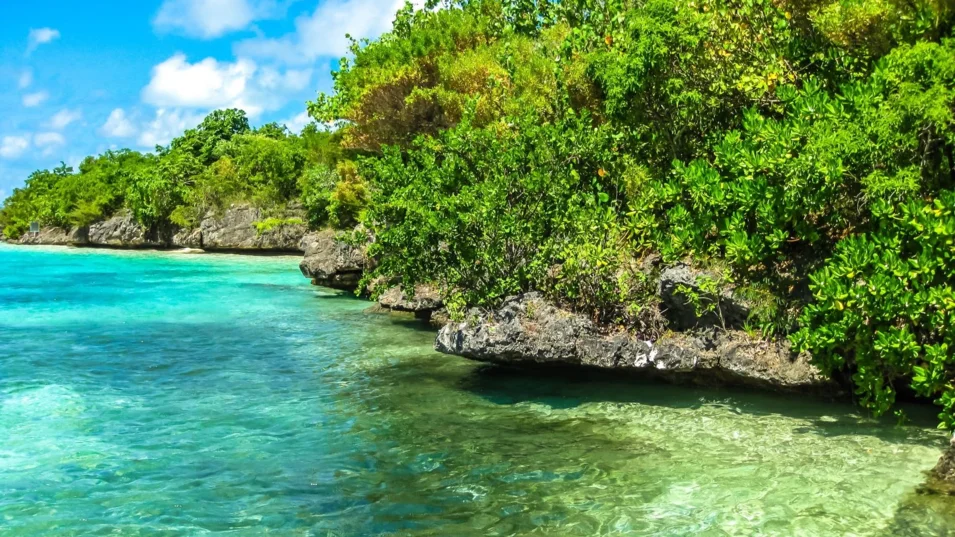
Île aux Cerfs
The next stop might seem banal, but it is a perfect reflection of the character and specifics of Mauritius. It is a small, elongated island of Île aux Cerfs, a miniature tropical paradise, where you can find all you need for an ideal holiday: sandy beaches, coconut palm trees, emerald sea – here you are. There is also an 18-hole golf course and a few restaurants here. After you look around the island, don’t forget to check out the Grand River delta southwest of Île aux Cerfs to admire the waterfalls.

East coast beaches
An idyllic postcard picture from Mauritius is a white-sand beach with some rocks sticking out of the water. That is exactly what the eastern coastline of the country looks like. We recommend making a few stops and tender rides ashore to have a picnic on the sand. The most interesting beaches are Belle Mare, Palmar, Trou d’Eau Douce and Poste Lafayette.
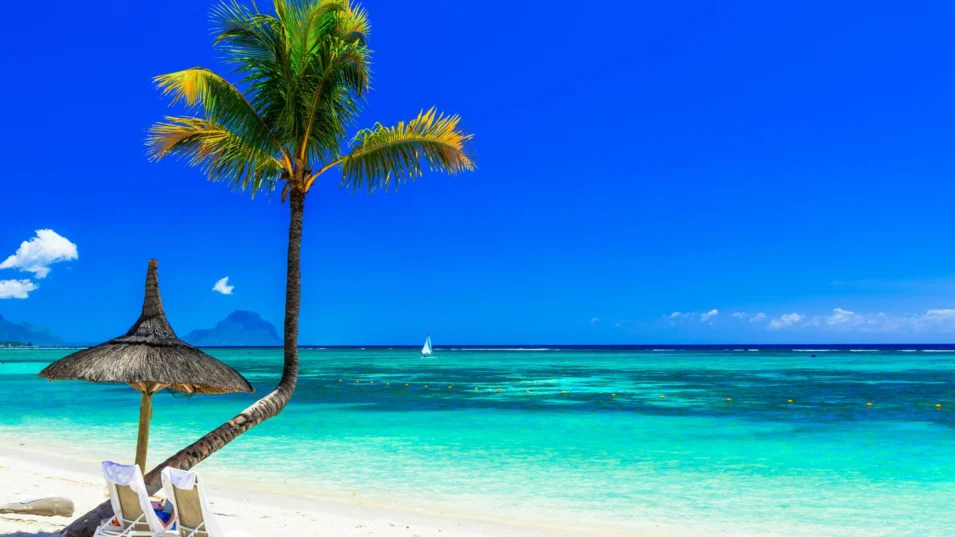
Grand Baie
There is a yacht marina here that can be used as a base for exploring the north-western coastline. See the town of Triolet, where there is one of the largest Hindu temples, Maheswarnath Mandir, devoted to Shiva. This area is also rich in beaches: Pereybere, Trou aux Biches, Grand Gaube, etc. But the main treasure is the Pamplemousses Botanical Garden, created by Pierre Poivre back in 18th century, which makes it one of the oldest gardens in the southern hemisphere. It boasts a large lake with a few kinds of lotus, a huge collection of spices, ebony trees, sugar cane and about a hundred species of palm trees.
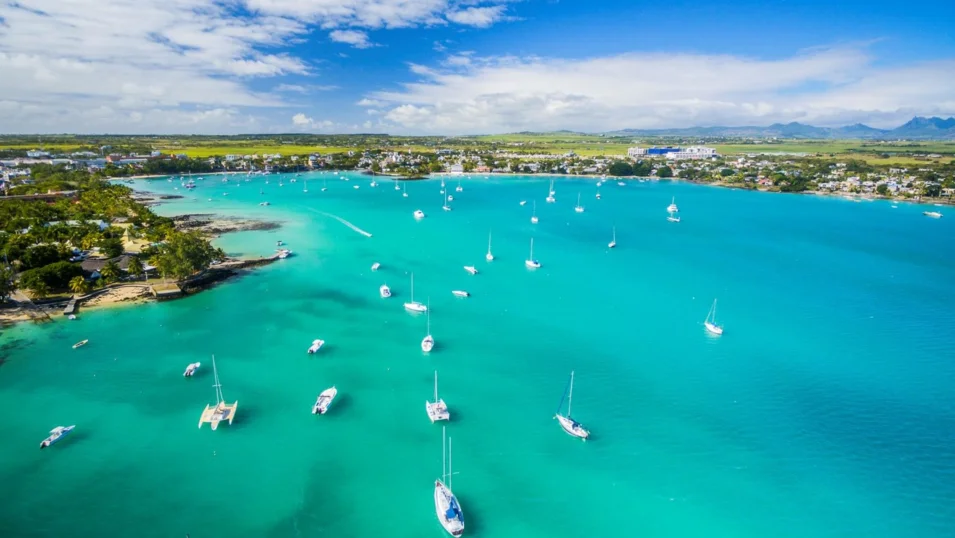
What else?
Try leaving one day for going further out to sea for a photo hunt of dolphins and whales. You can see them closer to the coastline, too, but you surely have a better chance in the open ocean. Sperm whales are seen off the island all year round, while from July to November humpback whales come here on their way from Antarctica. And, of course, it is impossible to imagine a cruise around Mauritius without great fishing: you can catch trophy fish like marlin, tuna, and trevally easily here.
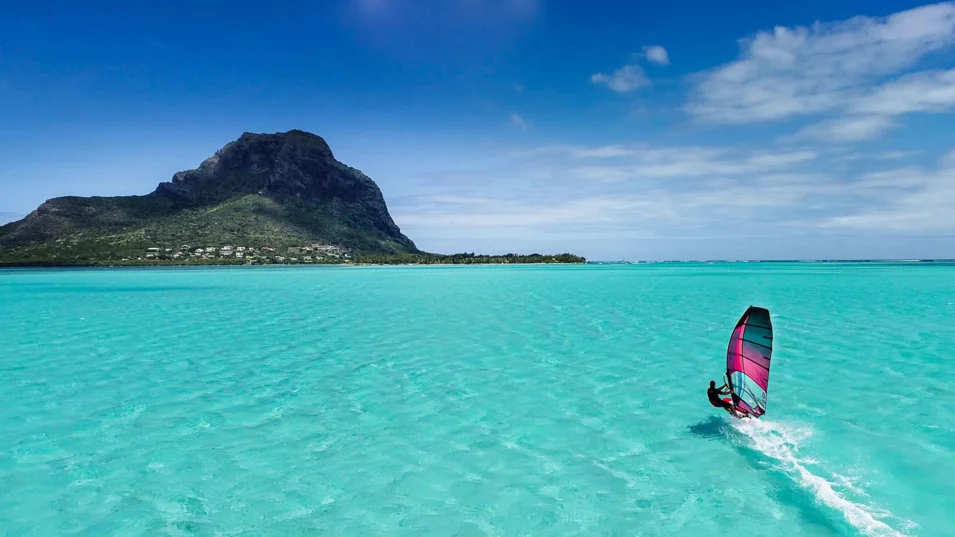
You can also try surfing, windsurfing or kiting, or go and listen to the traditional Mauritian music of Sega. Typical of colonies, it has roots in the music of slaves, but now it is an essential part of Mauritian self-identity.
You have successfully subscribed to our newsletter
